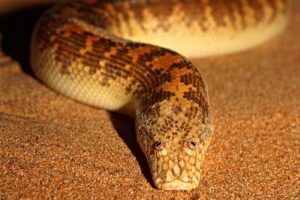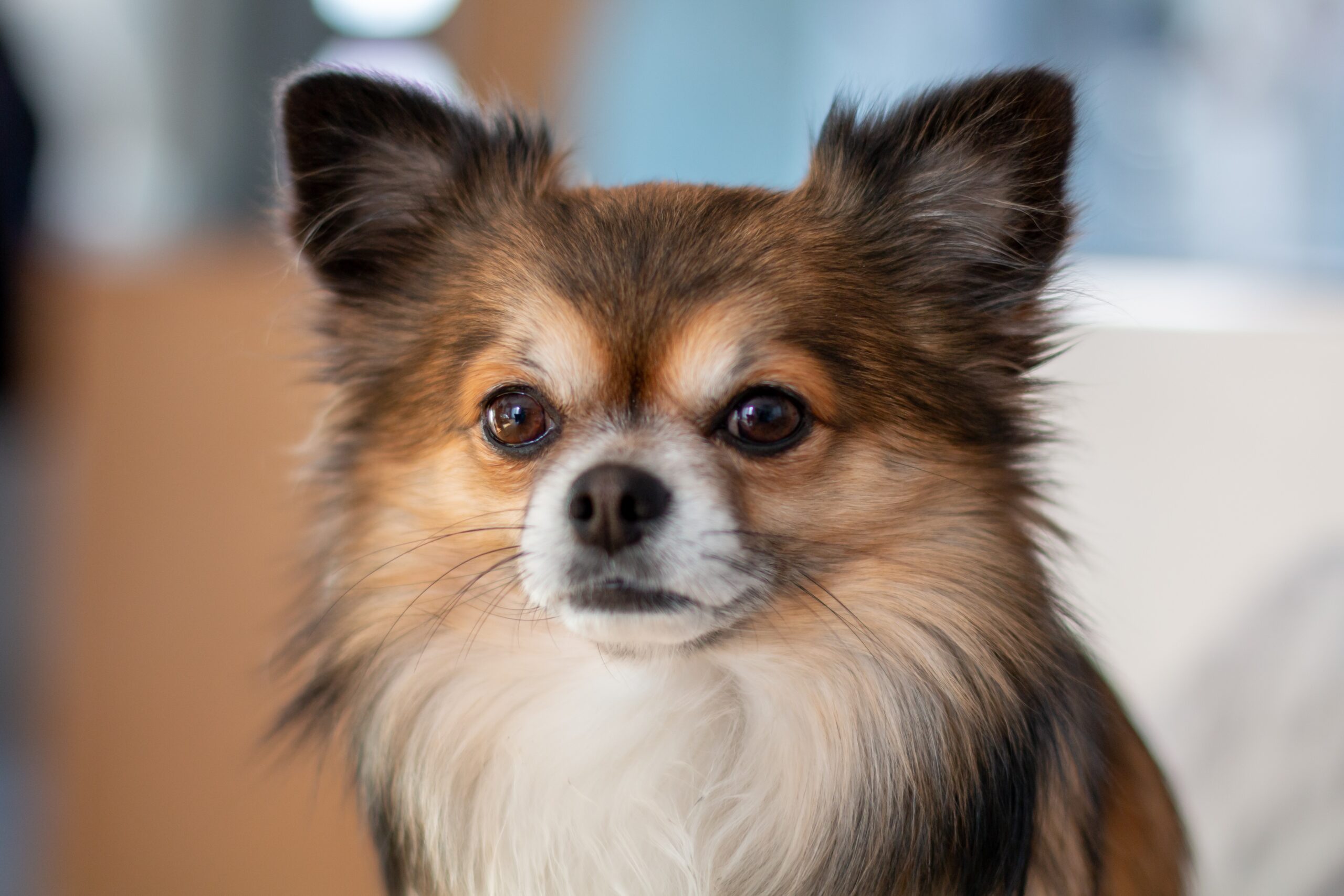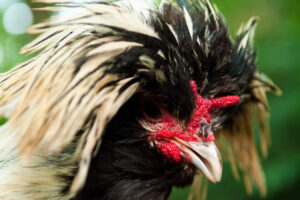Pointed flight significantly reduces air resistance, and as a result, the birds expend less energy and therefore travel further without tiring.
When the air leaves the birds’ wings, an updraft of air is created behind each bird, and therefore the flight turns out to be easier for them. As a result, each bird flies a little higher than the one in front, and the further back the birds are in odd flight, the easier the flight turns out to be.
A bird that falls out of the odd-flying arrangement immediately senses more headwind and rushes back to its place in the line sooner.
No cheating
Migratory birds that fly long distances very often learn odd flights, and even young birds that have never flown long distances before immediately realize the advantages.
The best option would be to fly inside the center itself, but a bird located there would not contribute anything to the group, and therefore the birds do not accept that any of them fly there.
It can also be noted that the birds emit loud gurgles and whistles, and it seems likely that the rearmost birds are encouraging those in front and scolding those who cheat.
The strongest fly first
Another reason why birds fly oddly is that it turns out to be easy to control all the birds.
The position of each bird indicates its social status, but the strongest fly first.
It turns out to be difficult to measure the energy consumption of flying birds and to compare different methods of flight.
In 2001, however, French researchers measured the heart rate of pelicans that had been trained to fly behind a boat and an airplane.
The measurements revealed that birds that fly odd flights expend 14 percent less energy than otherwise, because they got away with flapping their wings less often and were able to soar part of the way.






